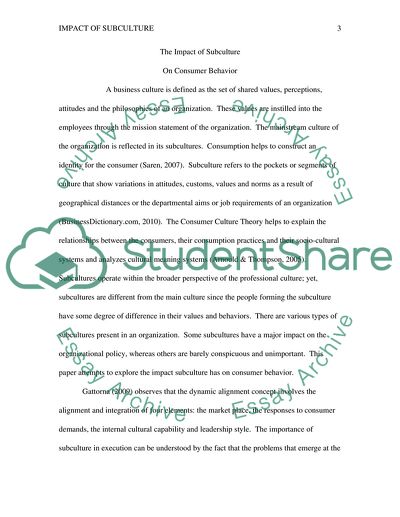Cite this document
(“The impact of subculture on consumer behavior Research Paper”, n.d.)
The impact of subculture on consumer behavior Research Paper. Retrieved from https://studentshare.org/miscellaneous/1567662-the-impact-of-subculture-on-consumer-behavior
The impact of subculture on consumer behavior Research Paper. Retrieved from https://studentshare.org/miscellaneous/1567662-the-impact-of-subculture-on-consumer-behavior
(The Impact of Subculture on Consumer Behavior Research Paper)
The Impact of Subculture on Consumer Behavior Research Paper. https://studentshare.org/miscellaneous/1567662-the-impact-of-subculture-on-consumer-behavior.
The Impact of Subculture on Consumer Behavior Research Paper. https://studentshare.org/miscellaneous/1567662-the-impact-of-subculture-on-consumer-behavior.
“The Impact of Subculture on Consumer Behavior Research Paper”, n.d. https://studentshare.org/miscellaneous/1567662-the-impact-of-subculture-on-consumer-behavior.


